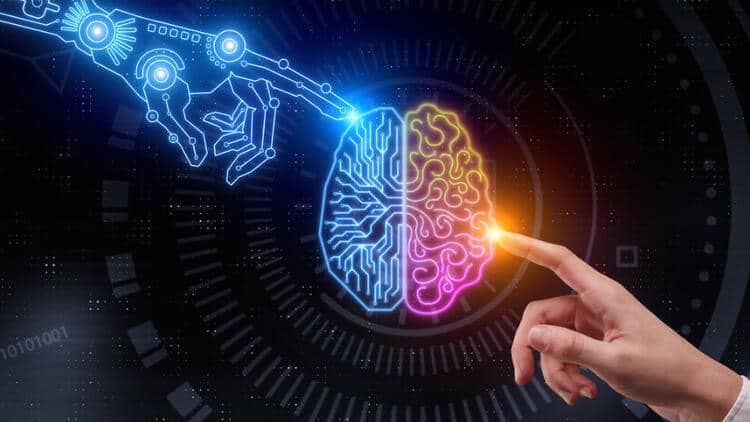Artificial Intelligence (AI) has become one of the most fundamental technologies driving modern devices. AI describes machines that can conduct traditionally human conducted tasks – customer service and photo identification – on their own. Machines that use AI can basically learn and think just like actual humans. If understanding machine learning is your goal, then keep on reading!
Currently, the large majority of AI technological advancements are due to a class of algorithms known as machine learning. Machine learning tools and algorithms use statistical analysis to find trends and patterns in massive data sets. The data extracted from machine algorithms. Then, the AI makes a prediction. This prediction is basically what you see as a suggestion. Namely, we’re talking about the songs and shows that appear to you as suggestions on your streaming service.
Understanding Machine Learning: A Closer Look
Machine algorithms collect any sort of electronically stored data point: clicks, photos, and voice frequencies are just a few of the many data sources these algorithms catalog. All of the major applications that have become embedded in daily life use machine learning algorithms to individually tailor each user experience.
These algorithms are very successful at taking the content you react too and predicting what other enjoyable content the application could provide. Machine learning falls into two categories: supervised and unsupervised.
Clearly, the unsupervised type of machine learning is the most advantageous. Why? Because there is no need for human resources. It runs on its own. And, if it is properly set up, it will run smoothly as well. Of course, in order to talk about unsupervised machine learning, we must first address its predecessor. Supervised machine learning is the first step toward going unsupervised. It’s much like writing a code for an action. In order to ensure that the machine will work as it should, it must first have a basic code to run on.
The advantage of supervised machine learning is that you can correct and adjust as you need. The more you tailor it to your needs, the more tweaks you do, the better it runs. Eventually, your machine will run so smoothly, you can leave it unsupervised.
Supervised Machine Learning: How It Works
In supervised machine learning, algorithms and machine learning systems are fed large amounts of data in order to “learn” how to accurately classify that information. The algorithms are provided with “labeled” data that helps them recognize that data in the future. You can think of this type of learning as similar to the traditional student-teacher model.
Say, for example, that you want to create a navigation app. This app predicts the time it takes to drive from one place to the other. For this, you might feed your algorithm data in the form of different driving times, common weather patterns, and observed holidays. The algorithm can then take that data and predict how long it might take you to get home on the Fourth of July.
Unsupervised Machine Learning: How it Works
While supervised machine learning is much more commonly used, unsupervised machine learning is a big part of cybersecurity tactics. In unsupervised machine learning, the algorithm is given unsorted data with no information – the machine must search for any pattern it can find. You can think of this as a blindfolded person that has to sort a bunch of objects. Then, that person organizes them into groups based on similarities. Machine learning and AI are powerful technologies that are present in most modern applications.
